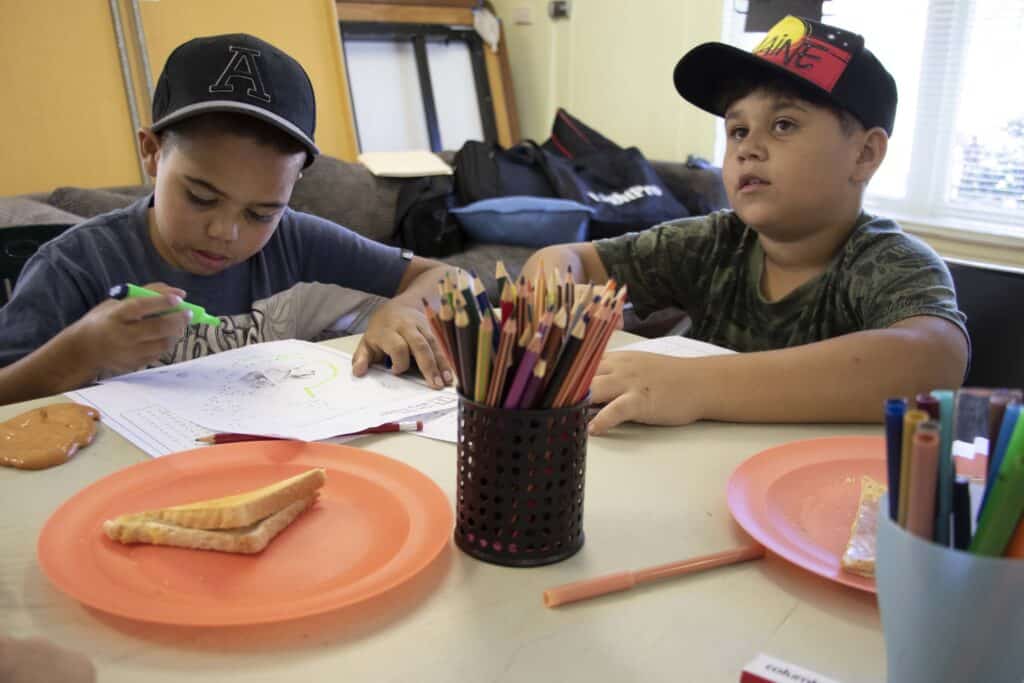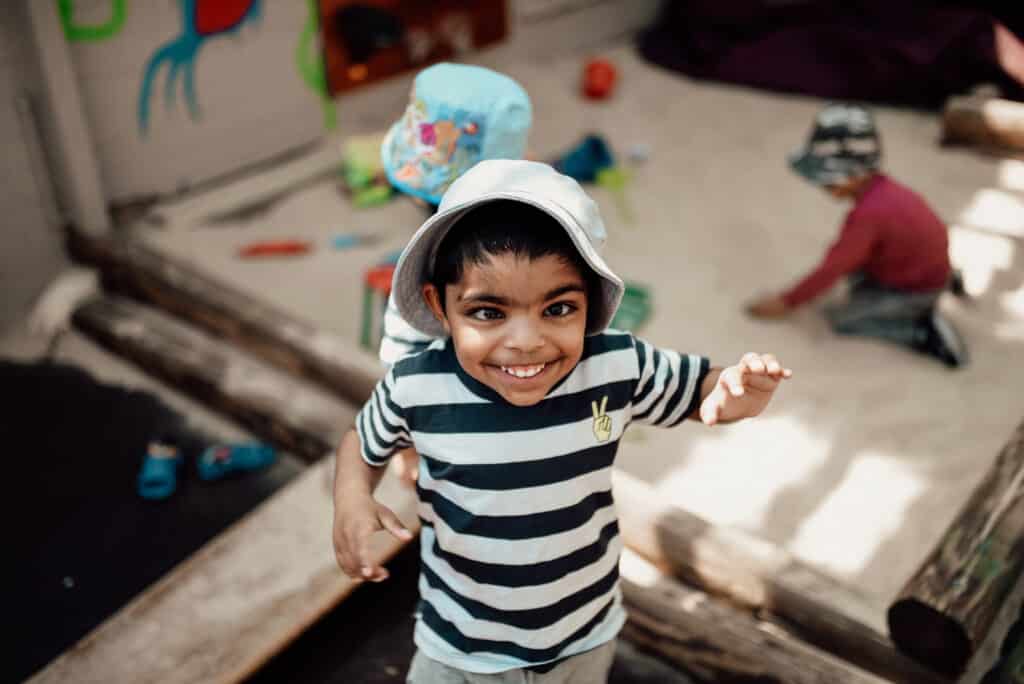
Child Abuse & Neglect in Australia
children experience domestic violence
children are unable to live with their parents due to abuse and neglect
reports of child abuse or neglect every day
girls are physically or sexually assaulted before their 15th birthday
and 1 in 9 boys

What is child abuse?
Child abuse is defined as any form of physical, emotional, or sexual mistreatment, or neglect of a child. Child abuse can occur in a family, in an institution, or in the community.
Different types of child abuse:
The different types of child abuse are: physical abuse, emotional abuse, neglect, sexual abuse, and exposure to family violence.
When a person causes physical harm to a child.
Behaviour that adversely affects a child’s emotional development or sense of self-worth. It includes verbal abuse, such as name-calling, threats, and criticism, as well as non-verbal behaviour, such as child neglect, rejection, and withholding love and affection.
The persistent failure to meet a child’s basic physical and/or psychological needs, likely to result in the serious impairment of the child’s health or development.
Any form of sexual violence or exploitation of a child. This includes but is not limited to rape, incest, sexual assault, and sexual exploitation.
Behaviour within a family that causes physical or emotional harm, or creates a risk of physical or emotional harm, to a member of the family.

Child Abuse Statistics in Australia
In 2022-2023, it was recorded that 45,400 Australian children were unable to live with their parents due to abuse and neglect, and every day, there are over 1,300 reports of child abuse or neglect. This is an ever-growing issue in Australia, and the impact it has on children is immense.
46,000
1,300
46,000
46,000
Effects of child abuse and neglect can be physical, emotional, and behavioral, and can last a lifetime. Different types of child abuse can come in many forms:
Parental drug use can negatively affect children in a number of ways. Children of parents who abuse drugs are three times more likely to suffer from neglect, sexual or emotional child abuse. They may also be more likely to be exposed to violence, as drug-related disputes can become physical. Parental drug use can impact a child’s development and lead to problems with their own mental and physical health later in life.
1 in 4 Australian children are exposed to family violence. This can have a range of negative impacts on children, even if they are not the direct target of the violence. They may witness the violence, be injured while trying to protect a parent, or be exposed to the aftermath of violence such as property damage. Children who experience or witness family violence can suffer a range of short- and long-term effects, including physical, emotional, behavioural and social problems. Feel you need support? Explore our family support services now.
Sexual violence can have a range of short and long-term effects on a child’s physical, psychological, social, and emotional wellbeing. These effects may differ depending on the type of sexual violence, the child’s age and development, their relationship to the perpetrator, and other factors.
Short-term effects of child sexual violence can include shock, fear, anxiety, confusion, isolation, and physical injuries. Long-term effects can include post-traumatic stress disorder, anxiety, depression, substance abuse, and other mental health problems. Sexual violence can also lead to problems in relationships, difficulties in school or work, and social isolation.
1 in 6 girls and 1 in 9 boys are physically or sexually assaulted before the age of 15 in Australia.
Neglect can have a number of negative impacts on a child’s education. Children who are neglected are more likely to have problems in school, such as lower grades, absenteeism, and truancy. They may also be more likely to drop out of school altogether. Additionally, neglected children are more likely to have behavioural problems, which can make it difficult to focus on and succeed in school. Barnardos offers a number of different ways to gain education support – explore our services now.
1 in 5 Australian children starting school are developmentally vulnerable in language and cognitive skills due to child neglect.
Child abuse and neglect can lead to homelessness in a number of ways:
- Children who are abused or neglected are more likely to run away from home, which can lead to them becoming homeless.
- Children who are abused or neglected are more likely to have behavioural problems, which can make it difficult to maintain a stable home life.
The horrible truth of this is that children who are homeless are more likely to be abused or neglected, creating a cycle of abuse and homelessness, leading to a greater chance of mental health and behavioural problems. If you feel you’re in need of Youth Support, contact us today.
The long term effects of child abuse on children
The long-term effects of child abuse and neglect can be physical, emotional, and behavioural. They can last a lifetime.
Physical Effects
Children who have been abused or neglected may have physical health problems, such as injuries, developmental delays, obesity, and chronic pain. They may also have problems with their mental health, such as anxiety, depression, post-traumatic stress disorder, and substance abuse. In extreme cases, child abuse and neglect can end in child death.
In 2018, there were approximately 30 victims of filicide (killing of a child or children under 18 by a parent or parent-equivalent), accounting for 16% of all domestic homicides.
Emotional Effects
Children who have been abused or neglected may have problems with their emotions, such as anger, sadness, fear, and shame. They may also have low self-esteem and difficulty trusting people.
Behavioural Effects
Children who have been abused or neglected may have behavioural problems, such as aggression, acting out, and problems with authority figures. They may also have difficulty in school and in relationships.

What Barnardos is doing
Our programs
We assist families with complex issues such as domestic violence, poverty, homelessness, drug and alcohol misuse and mental illness through wraparound services and specialist Aboriginal programs.
In 2020-21:
We had a 9% increase in the number of children supported by Safety and Prevention programs.
Foster care
We provide short-term foster care while we work with birth parents to have their children restored. If the courts rule a child cannot safely return home, we provide permanent foster care and open adoption.
In 2020-21:
32% of children in short-term foster care were restored to their birth family.
Find your nearest Barnardos support centre today and reach out for the help you need. We offer a range of different support services, such as Parental Support, to help you cope with being a parent.
- Australian Bureau of Statistics (ABS) 2024
- Australian Institute of Health and Welfare (AIHW) Child Protection in Australia 2022-23
- Australian Institute of Health and Welfare (AIHW), Health impacts of family and domestic violence 2020
- Australian Domestic and Family Violence Clearinghouse 2011 –
The Impact of Domestic Violence
on Children: A Literature Review - Australian Council of Social Services (ACOSS) Poverty in Australia 2022
- Australian Government Department
of Health 2019 - Australian Bureau of Statistics
Census 2016 - AIHW Australia’s Children 2022
- AIHW Child Protection 2019-21
- AIHW Child Protection
2020-21

Resources to read next

Fact sheet 2
We will empower every child in Australia to have the opportunity to reach their full potential.
Fact sheet 3
We support vulnerable children to recover and thrive. Together, we ensure they reach their brightest future.


